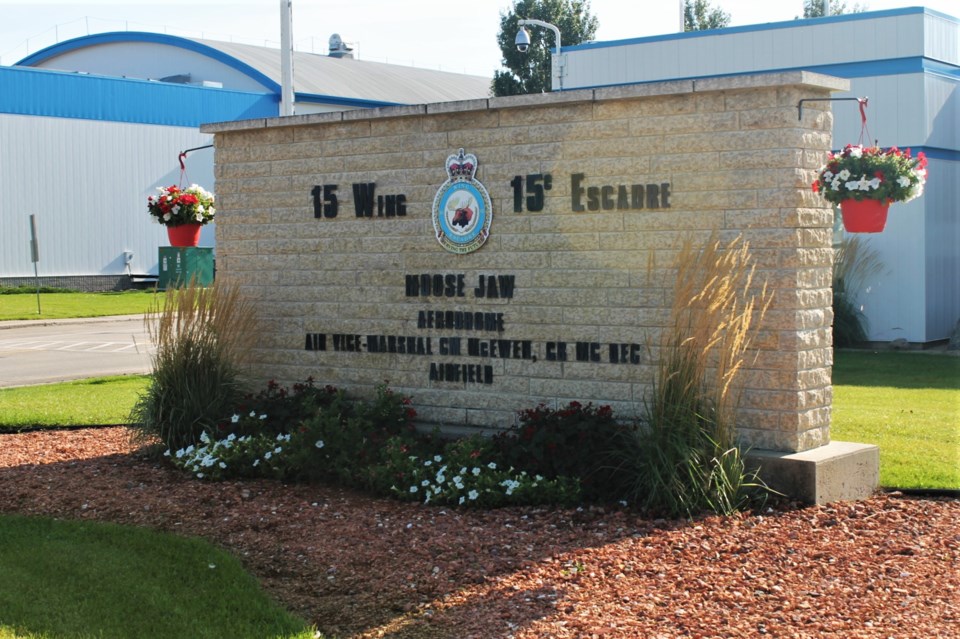What exactly is this new MCT process? This new transition process is characterized by using a personalized, professional, standardized, and humanistic approach in supporting members and families to prepare for and plan the transition to civilian life. A key dimension of this new approach is to ensure wellness along the seven domains of well-being: Purpose, Finances, Health, Social Integration, Life Skills, Housing and Physical Environment, and Cultural and Social Environment.
The MCT Process as a Member-Centric approach; you will be supported during your transition. CAF members may have many questions as they move from familiarity with and dependency on the military system toward the relative independence and autonomy of civilian life in all its dimensions. Therefore, the Canadian Armed Forces Transition Group (CAF TG) team’s mission is to support transitioning members during this significant change, gathering together a support network of specialists focused on guiding the member and their family through the transition process.
Who else is involved? The CAF TG is collaborating with service partners, including Veterans Affairs Canada and Military Family Services under Canadian Forces Morale and Welfare Services to ensure more CAF members and their families can benefit from this member-centric transition process and succeed in their way forward, whether that’s another opportunity within the CAF or within civilian life. Together, they are committed to making the transition to life after service seamless and smooth.
The MCT process provides options for internal transition (i.e., retention). Where possible, the CAF is committed to offering excellent internal transition opportunities for our people. Whenever someone is considering leaving the military, or is medically incapable of meeting the requirements of their current occupation, they should understand that there may be more options available to them besides leaving the CAF. The MCT process will assist members in exploring options for how they might be able to remain in the CAF. Transition Advisors will refer members to the Personnel Selection Officers (PSO) to explore internal transition opportunities. The PSOs will guide the members toward the best option to remain in the CAF and pursue new challenges.
Who can benefit from the new MCT process? By March 2024, the MCT process will be available to all CAF members releasing from the Regular Force. The MCT process will also be expanded to the Reserve Force, and it may also be used in augmenting existing supports for our Ill & Injured members. Here at 15 Wing, the team and Transition Centre Moose Jaw will be here to guide members to the right resources and ensure that members are supported in this important journey.
Plan your transition early in your career. The future is unpredictable and it is important that CAF members are prepared for when the time comes to transition to civilian life – whether it is an opportunity in the civilian workplace, the final retirement, an injury that prevents them from pursuing their career, or otherwise. Be proactive: access transition information, get transition guidance, and focus on seriously developing/executing your Transition Plan at least 12 months prior to your intended Date of Release to ensure you are ready when the time comes.
For more information, please reach out to the Moose Jaw Transition Centre located in B64 NATO Drive, or consult the My Transition Guide.
What You Need to Know:
- What is the MCT process? The MCT process is the new transition process that ensures Canadian Armed Forces (CAF) members leaving the Forces have access to the personal guidance, tools, and resources integral to complete a smooth civilian transition. The MCT process also focuses on presenting retention strategies for those individuals unaware of alternate career options within the CAF who may believe a release from CAF is their only option.
- Who are the services for? At Transition Centre (TC) Moose Jaw, the Transition Services team will be rolling out this capability in collaboration with 15 Wing Release Section, effective 3 April 2023 for Regular Force releases. The transition services for the Reserve Force remain under development and will be communicated at a future time.
- What services are available? At TC Moose Jaw, Transition Advisors will help members to build their transition plan and guide them and their loved ones to the right resources. This new process is based on a client-centric approach of service delivery that offers a personalized and flexible path to transition. A Transition Advisor will provide both in-person and virtual services to members and will support and guide them on how to access services available to them based upon the seven domains of well-being. They will work in collaboration with 15 Wing Release Section, Veterans Affairs Canada and Military Family Services to make transition to life after service as seamless as possible.
- What are the steps that will be followed during my transition? The MCT process consists of fives steps that will assist members with:
- Making informed decisions about whether to transition or remain in the CAF;
- Understanding areas of personal greatest need and support required;
- Developing a transition plan;
- Connecting with services and resources as the transition plan is executed; and
- Ensuring that members have access to a support continuum post date of release as they integrate into the civilian world.
- When should I start looking to access the services? It’s never too early to get informed about life after service in the CAF so that you are well-prepared for when the time comes. If you are considering transitioning from the CAF it is recommended that you contact TC Moose Jaw Transition Services sooner rather than later. Meeting with a Transition Advisor at least 6 months prior to your release date will ensure as smooth a process as possible.
- How do I access the Transition Center? To speak with a Transition Advisor, CAF members at 15 Wing Moose Jaw can visit B64 NATO Drive or email: +TSS Moose Jaw ([email protected])
For more information you can consult the My Transition Guide or download the My Transition Services mobile app.




